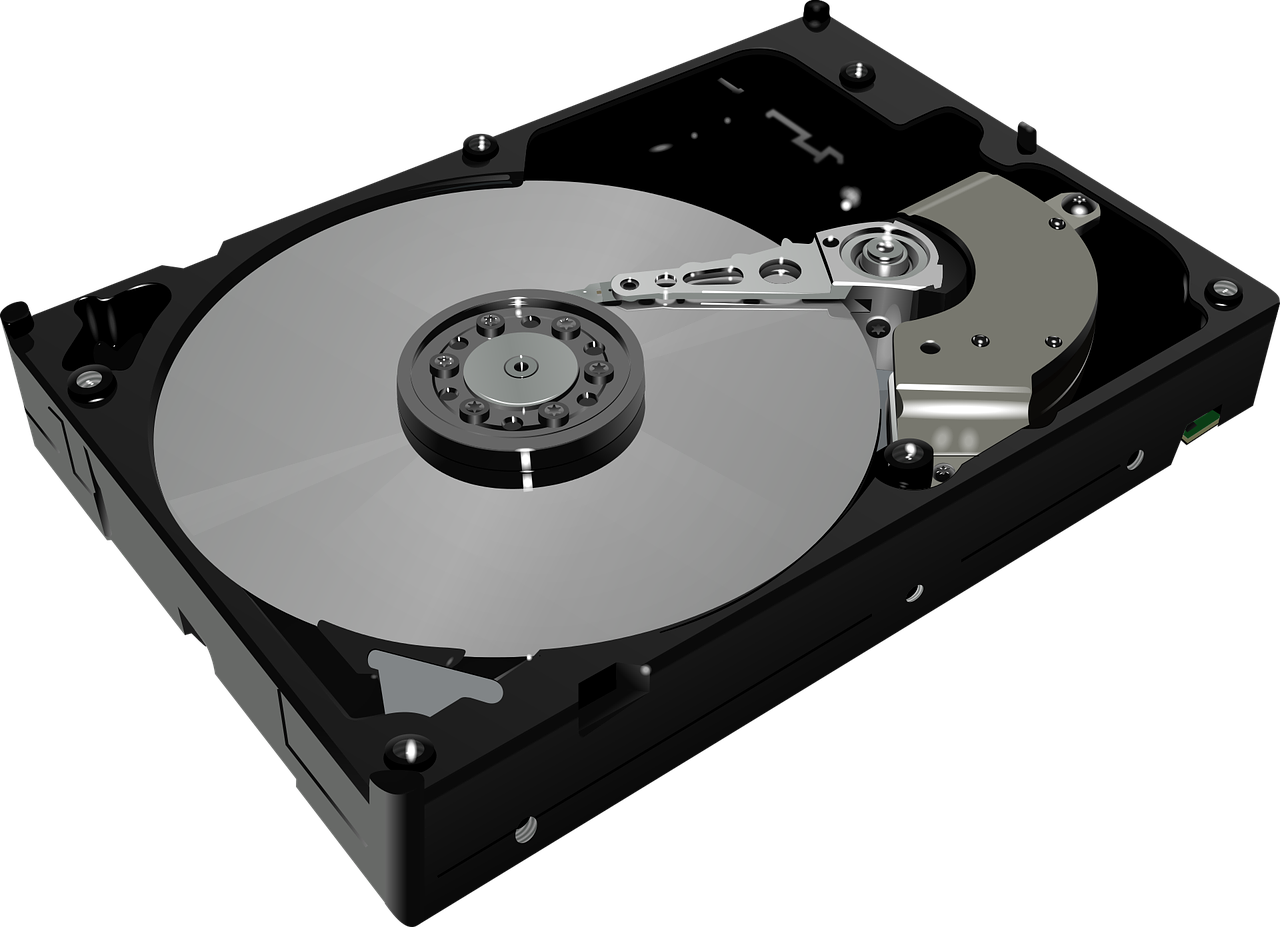- Magnetic disk memory, often referred to simply as magnetic storage, stands as a cornerstone in the realm of digital data preservation and retrieval. Magnetic disk memory, crucial in digital data preservation, rooted in magnetism and induction, covers operations, organizations, characteristics, and applications.
- This technology, rooted in principles of magnetism and electromagnetic induction, has been instrumental in the evolution of computing and data storage over the decades.
- This article aims to provide a thorough understanding of magnetic disk memory, covering its key topics, including principles of operation, data organization and formatting, physical characteristics, performance parameters, advantages, disadvantages, and various applications.

What is Magentic Disk Memory?
A magnetic disk consists of a flat circular disk coated with magnetized material for storing data. It holds various programs and files by representing information using polarized directions, with one direction indicating 1 and the opposite direction indicating 0.
Key Characteristics and Components:
- Storage Medium: Magnetic disk memory typically consists of one or more rigid, circular disks made of non-magnetic material coated with a magnetic material. This coating enables storing data in the form of magnetized patterns.
- Read/Write Mechanism: Read/write heads access the data on magnetic disks. These heads contain small electromagnets that can read (retrieve) data from the disk or write (store) data onto the disk by altering the magnetic fields on the disk’s surface.
- Data Organization: Data on magnetic disks is organized into concentric circular tracks and sectors. Each track is divided into sectors where data is stored. This organizational structure allows for efficient retrieval and storage of data.
Principles of Operation
Magnetic disk memory operates based on the principles of magnetic recording. Here’s how it works:
- Magnetic Recording: The magnetic surface stores data in the form of magnetized regions, representing binary digits (bits).
- Read and Write Mechanisms: Utilizes read and write heads that interact with the magnetic surface to read data from or write data onto the disk.
- Electromagnetic Induction: The read head interprets changes in the magnetic field as data by inducing electric currents.
Data Organization and Formatting
- Tracks and Sectors: The disk surface organizes data into concentric circular tracks, with each track dividing into smaller sectors.
- File Systems: File systems (e.g., FAT, NTFS, ext4) manage how data is stored, accessed, and organized on disk drives.
- Partitioning: Users can partition disks into logical units to separate different types of data or operating systems.
Physical Characteristics
- Disk Platters: Circular, metallic plates coated with a magnetic material where data is stored.
- Read/Write Heads: Small electromagnets that read data from and write data to the disk surface.
- Spindle and Motor: Rotates the disk platters at high speeds (typically 5,400 to 15,000 revolutions per minute).
Disk Performance Parameters
- Data Transfer Rate: Data transfer speed to and from the disk is measured in megabytes per second (MB/s).
- Seek Time: Time taken by the read/write heads to move to the correct track and sector to access data.
- Latency: Delay between the request for data and the start of data transfer due to the rotation of the disk.
- Reliability: Measures such as Mean Time Between Failures (MTBF) quantify how reliable the disk is over time.
Advantages of Magnetic Disk Memory
- High Capacity: Capable of storing terabytes (TB) of data on a single disk.
- Cost-Effective: Relatively inexpensive per gigabyte compared to newer technologies like solid-state drives (SSDs).
- Longevity: Established technology with proven reliability and durability.
Disadvantages of Magnetic Disk Memory
- Mechanical Failure: Moving parts (e.g., spinning disks, read/write heads) can lead to mechanical failures over time.
- Speed Limitations: Slower data access speeds compared to SSDs, especially for random access operations.
- Susceptibility to Damage: Physical shock or exposure to magnetic fields can damage magnetic disks.
Applications of Magnetic Disk Memory
- Personal Computing: Used in desktop and laptop computers for storing operating systems, applications, and personal files.
- Enterprise Storage: Essential for servers and data centers to store vast amounts of business-critical data.
- Backup and Archiving: Ideal for creating backups of important data and long-term archiving due to its cost-effectiveness.
Future Trends in Magnetic Disk Memory
- Increased Storage Density: Advances in magnetic recording technology continue to increase the amount of data that can be stored on a single disk.
- Hybrid Solutions: Combining magnetic disks with SSDs and caching technologies to improve performance.
- Energy Efficiency: Efforts to reduce power consumption and improve environmental sustainability.
Summary
- Magnetic disk memory remains a pivotal technology in the digital age, balancing cost-effectiveness and reliability for a wide range of applications. While facing competition from faster SSDs, its high capacity and established reliability ensure its continued relevance in both consumer and enterprise storage solutions.
- Understanding the principles, characteristics, advantages, and challenges of magnetic disk memory is crucial for making informed decisions about data storage strategies in today’s technology-driven world.
Discover more from lounge coder
Subscribe to get the latest posts sent to your email.

